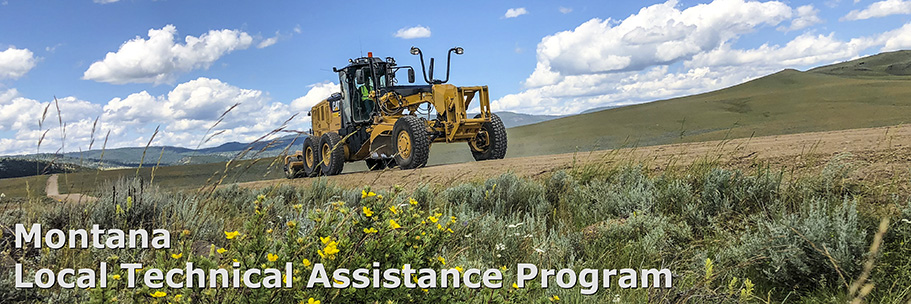Local Technical Assistance Program (LTAP)
The mission of the national Local Technical Assistance Program is to foster a safe, efficient, environmentally sound transportation system by improving skills and knowledge of local transportation providers through training, technical assistance and technology transfer.
Thank you for your interest in the Montana Local Technical Assistance Program! You can find more information on our website: www.ltap.montana.edu. Register for courses, events, and training, and view your past activities by logging into your account.
____________________________________________________________________________
Montana LTAP office is housed in the Transportation and Systems Engineering Building on the south side of Montana State University campus.
Please use our PO Box address for US Postal Service mail:
Montana LTAP PO Box 173910, Bozeman, MT 59717**
Use our physical address for FedEx, UPS or other carriers:
Montana LTAP 2327 University Way, Suite 230, Bozeman, MT 59715**
**Please note the different zip codes. It is important to use the correct address or mail will be returned to sender.

